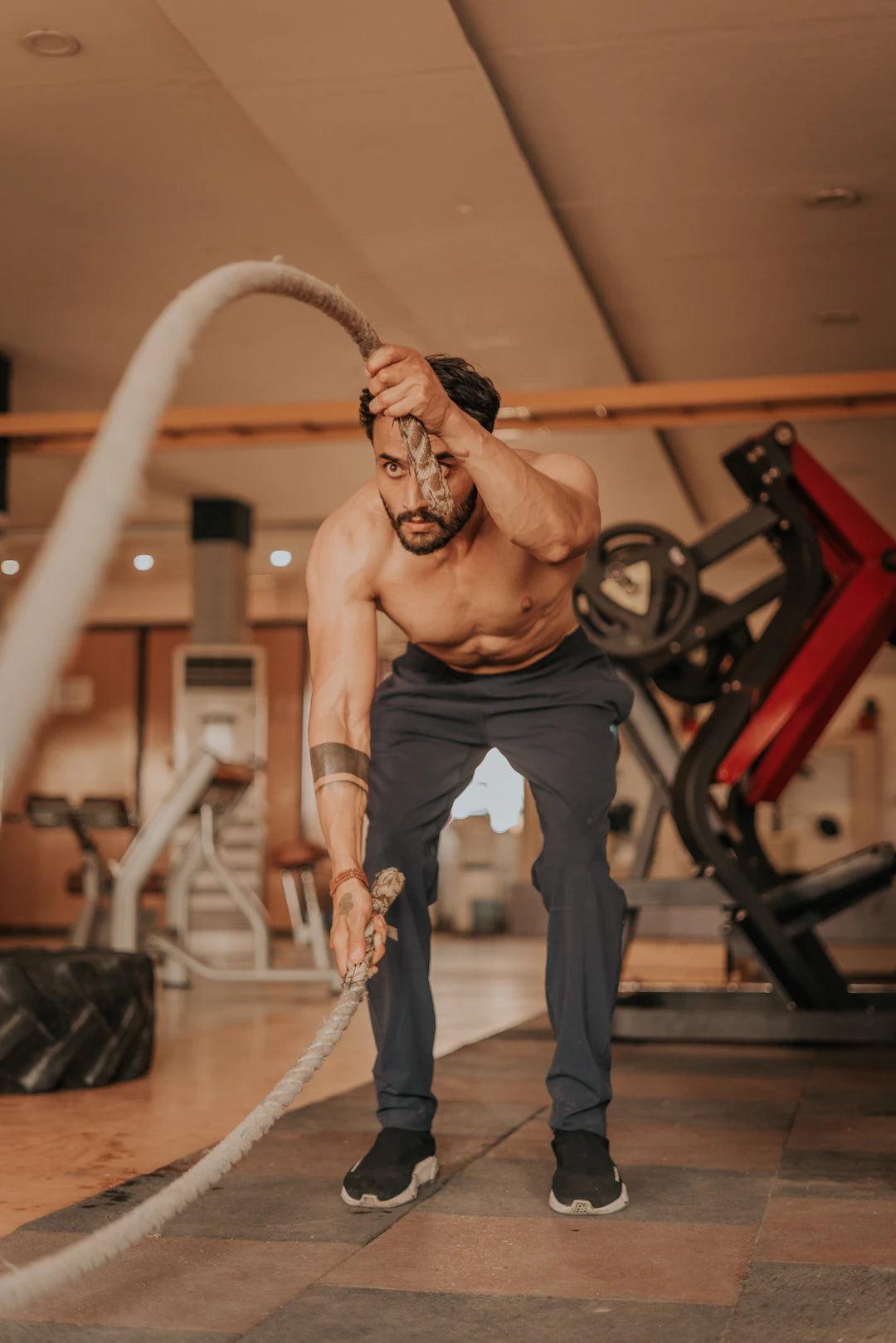
Start Safe: Low Impact Workout Tips for Seniors
Share
Frequently Asked Questions
1. What are low impact workouts for seniors?
2. Why is it important to consult a healthcare provider before starting a workout routine?
3. What are some essential safety tips for seniors when exercising?
4. What types of low impact exercises can seniors incorporate into their routine?
5. How can seniors stay motivated during their fitness journey?
Starting a workout routine can be both exciting and daunting, especially for seniors. Many older adults wish to embrace an active lifestyle but may feel hesitant due to potential risks or existing health concerns. The key is to choose the right approach, and that's where low impact workouts for seniors come in. They provide a gentle introduction to fitness without putting undue stress on the body. In this article, we will explore essential safety tips, recommended exercises, and strategies for maintaining motivation throughout your journey.
Understanding Low Impact Workouts
Low impact workouts for seniors are designed to minimize stress on joints while still delivering health benefits. They are perfect for individuals dealing with common challenges such as:
- Joint pain
- Balance issues
- Lower stamina
- Lack of motivation
These workouts can range from simple walking programs to chair exercises, gentle yoga, and resistance band routines. By choosing low impact exercises, seniors can improve strength, flexibility, and cardiovascular health safely.
Consulting a Healthcare Provider
Before starting any new workout routine, it is essential to speak with a healthcare provider. They can provide personalized advice based on your medical history and current health conditions. This ensures that you choose exercises that are appropriate for your fitness level and health status.
Assessing Your Current Fitness Level
Take some time to assess your current fitness level. This can help inform your workout choices. Ask yourself the following questions:
- How often do I currently exercise?
- Do I experience any discomfort when moving?
- Am I able to perform daily activities without fatigue?
Understanding where you stand physically will help create a workout plan that meets your needs and challenges you appropriately.
Essential Safety Tips for Seniors
To enjoy safe low impact workouts for seniors, consider the following tips:
1. Warm Up and Cool Down
Always start with a warm-up to prepare your muscles for exercise. A good warm-up might include light stretching or a slow five-minute walk. Cooling down afterward is just as important. Allow your heart rate to gradually return to normal with gentle movements.
2. Stay Hydrated
Hydration is crucial. Always keep a water bottle nearby and take sips throughout your workout. Dehydration can lead to fatigue and dizziness, which can be dangerous when exercising.
3. Listen to Your Body
Pay attention to how your body feels during and after exercise. If you experience pain or discomfort, it's essential to stop and rest. Your body is your best guide—honor its signals!
4. Wear Appropriate Clothing
Choose comfortable clothing that allows for easy movement and good footwear that provides support. Well-fitted shoes are crucial for balance and stability during workouts.
5. Focus on Balance and Stability
Incorporate exercises that enhance your balance, which is especially important for seniors. Activities like tai chi, yoga, and simple standing balance exercises (like standing on one foot) can improve your steadiness.
Incorporating Low Impact Exercises
Now that you have safety tips in mind, let’s explore some low impact workouts for seniors that are gentle yet effective.
1. Walking
Walking is a fantastic low impact exercise. It can be done almost anywhere and requires no equipment, making it easily accessible. Start with 10-15 minutes a day, and gradually increase your time as you feel more comfortable.
2. Chair Yoga
Chair yoga is perfect for those who may have difficulty getting up and down from the floor. Stick to seated stretches and relaxation techniques that enhance flexibility and reduce stress.
3. Swimming
If you have access to a pool, swimming is one of the best low impact workouts for seniors. The buoyancy of water reduces stress on joints, allowing for a full-body workout that tones and strengthens.
4. Resistance Band Exercises
Resistance bands are lightweight and portable. They allow for gentle strength training that targets major muscle groups. With guidance from a video or instructor, you can perform numerous safe exercises right from your home.
5. Dancing
Dance is not only fun but also an excellent workout. Low-impact dance classes or just moving to your favorite music at home can lift your spirits and help you get moving.
Finding Motivation
Staying motivated during your fitness journey can sometimes be a challenge. Here are some strategies to keep you on track:
1. Set Realistic Goals
Setting achievable goals can help you feel accomplished and encourage consistency. Focus on small victories, such as completing a certain number of workouts each week, rather than large, daunting goals.
2. Keep a Journal
Consider maintaining a fitness journal to track your progress. Write down how you feel after each workout, jot down any new achievements, or simply note your time spent exercising. This can help you see how far you've come.
3. Work Out with Others
Finding a workout buddy can greatly enhance motivation. Whether it's a friend, family member, or neighbor, having someone to exercise with can make activities more enjoyable and hold you accountable.
4. Celebrate Achievements
Recognize and celebrate your achievements, no matter how small. Whether it's successfully completing a workout or noticing improved flexibility, acknowledging your progress can boost your confidence and motivation.
Healthy Lifestyle Habits
In addition to exercise, maintaining a healthy lifestyle can provide numerous benefits for seniors. Here are some habits to consider:
1. Balanced Nutrition
Eating a balanced diet rich in fruits, vegetables, whole grains, and lean proteins can enhance your energy levels and overall health. Consider consulting a nutritionist for personalized guidance.
2. Prioritizing Sleep
Quality sleep is essential for recovery. Establish a bedtime routine that promotes restful sleep, allowing your body the chance to repair itself after workouts.
3. Social Engagement
Staying socially active can improve mood and motivation. Join clubs, take classes, or engage in community activities that interest you.
4. Regular Check-Ups
Keep regular appointments with your healthcare provider to monitor your health. This will help ensure that your wellness routine remains safe and effective.
Your Journey Awaits!
Embarking on a low impact workout routine can feel like a significant step, especially as you age. However, with proper safety measures, understanding your body, and focusing on enjoyable activities, it can also be an incredibly fulfilling experience. Remember to embrace this journey as not just about exercise, but about fostering a healthier and more dynamic lifestyle. Every little effort counts, and soon, you might find that staying active has transformed your quality of life. Keep moving forward, stay patient with yourself, and enjoy every step of the way!
